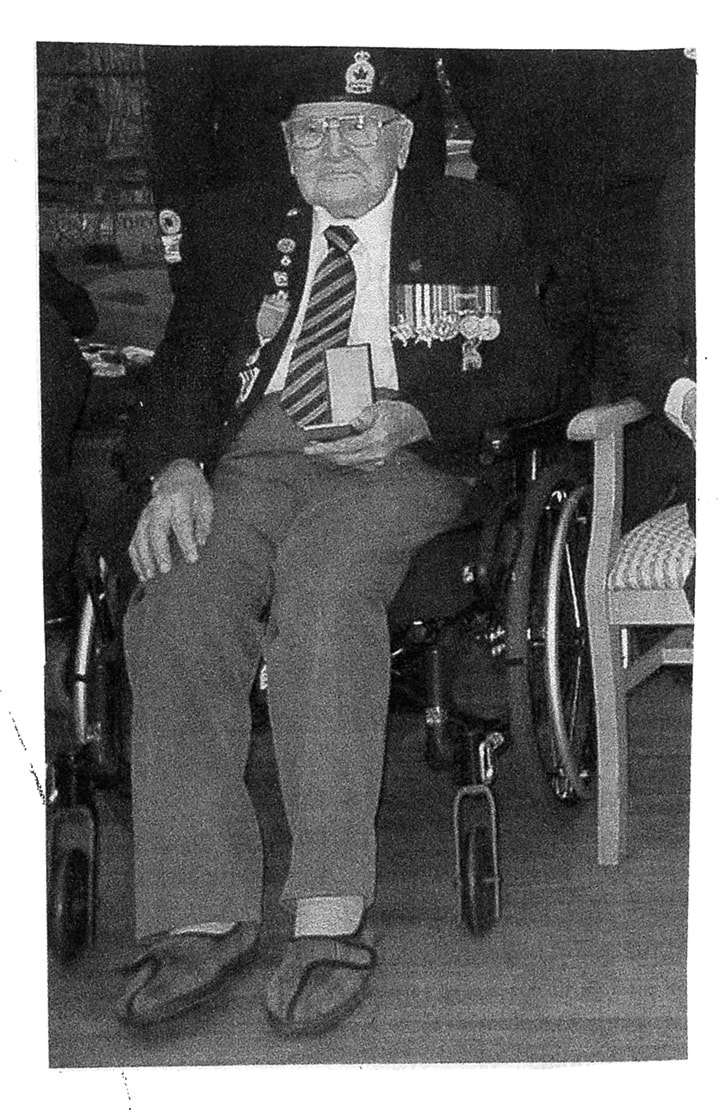How nice it was to see a photo of Earl Clark in the Times-Colonist last weekend, among the group of six veterans honoured with the presentation of France’s Legion of Honour. While his home is at Broadmead Lodge today, Earl Clark is a member of the pioneering Edwin Clark family of Shirley.
Earl was born in 1916 in a farmhouse that stood in the Invermuir Road area, the sixth son of Edwin Clark and Christina Campbell.
In 1890, a Scottish couple, Hugh and Jane Campbell had arrived in Shirley district, the first immigrant settlers west of Muir Creek. Camping at first in the shacks remaining from the Hayward logging operations, they built a home at the top of Muir Creek hill.
Christina was one of two daughters in the Campbell family of nine siblings. In 1902 she wed the stalwart Edwin Clark, a Brit, who along with his parents and brother Percy had built homes near where Shirley Community Hall stands today.
The eldest Clark brother Henry settled in Otter Point in 1886 on the land that descendants of his still hold.
So young Earl Clark grew up within a sparsely settled area, one of 10 siblings. His houseful of brothers and one sister made for lively company, and the children attended Shirley’s one room schoolhouse.
His sister Christine, the eldest, named for her mother, grew up to become a nurse, spending much time nursing in remote settlements of the Yukon.
Earl’s older brothers were Edwin, Stanley, George, Wilfred, Leslie, and then the younger ones, Douglas, Raymond and Arthur. The Clark men mostly grew up to work in the forest industry of Vancouver Island, where they were well known.
It was 1940 that Earl joined the armed forces, serving with No 18 Company, Canadian Forestry Corps, and it was while serving with them that he was part of the Juno Beach liberation operation for which he received France’s highest decoration.
In 1942 he married his Scottish sweetheart, Margaret, and later served with the Canadian Scottish, First battalion.
Back in Canada after the war’s end, Earl and Margaret made their home at locations both in Saseenos and Victoria, raising their two daughters, Christine and Joyce, in Saseenos, where they attended local schools. Earl Clark is now nearing 100, and Margaret 99.
•••
Elida Peers is the historian of Sooke Region Museum.
